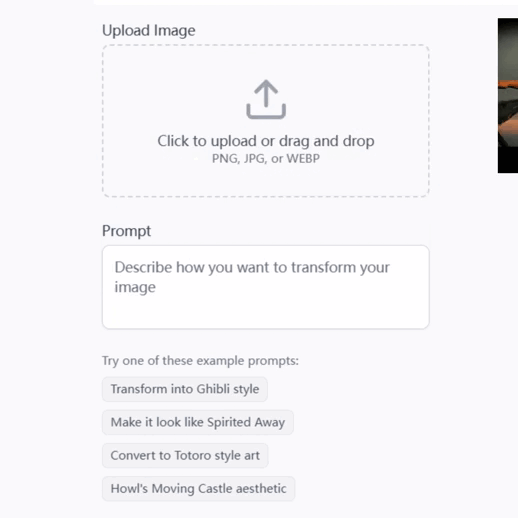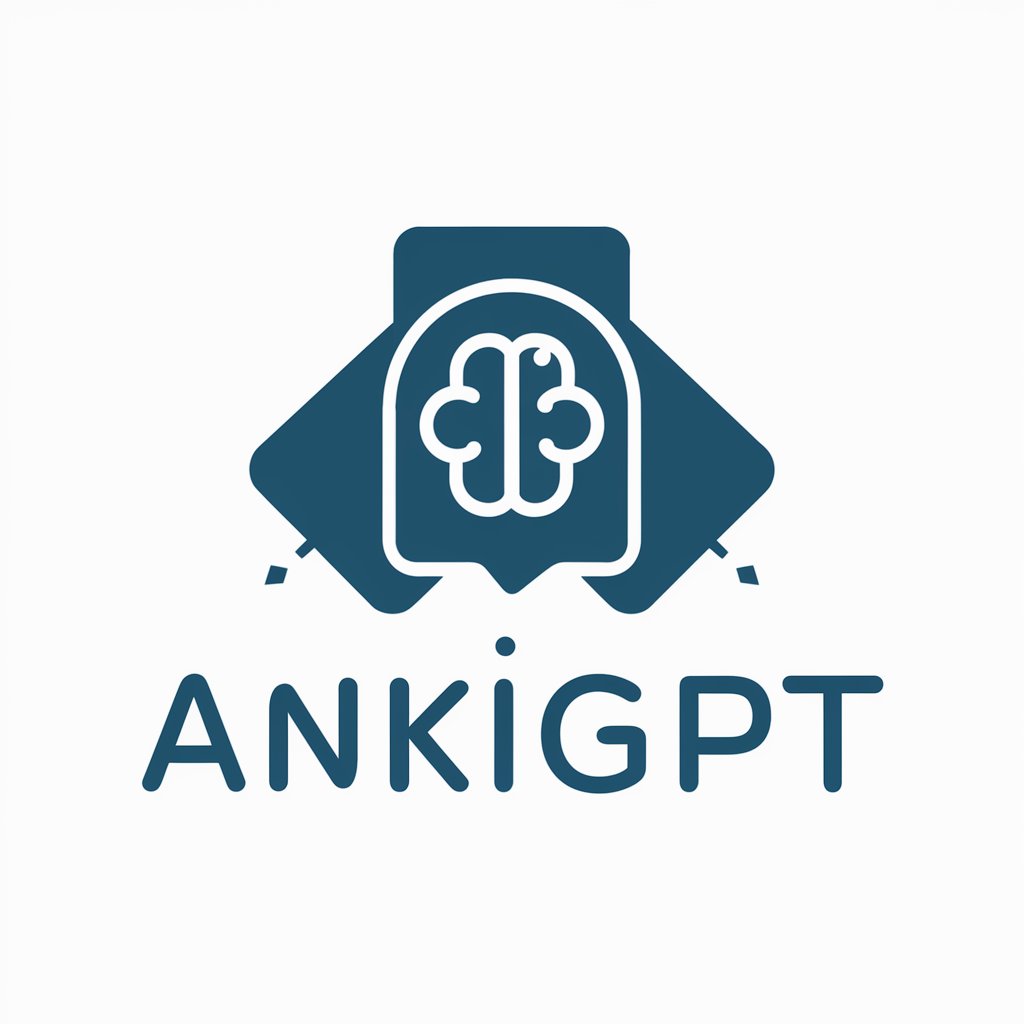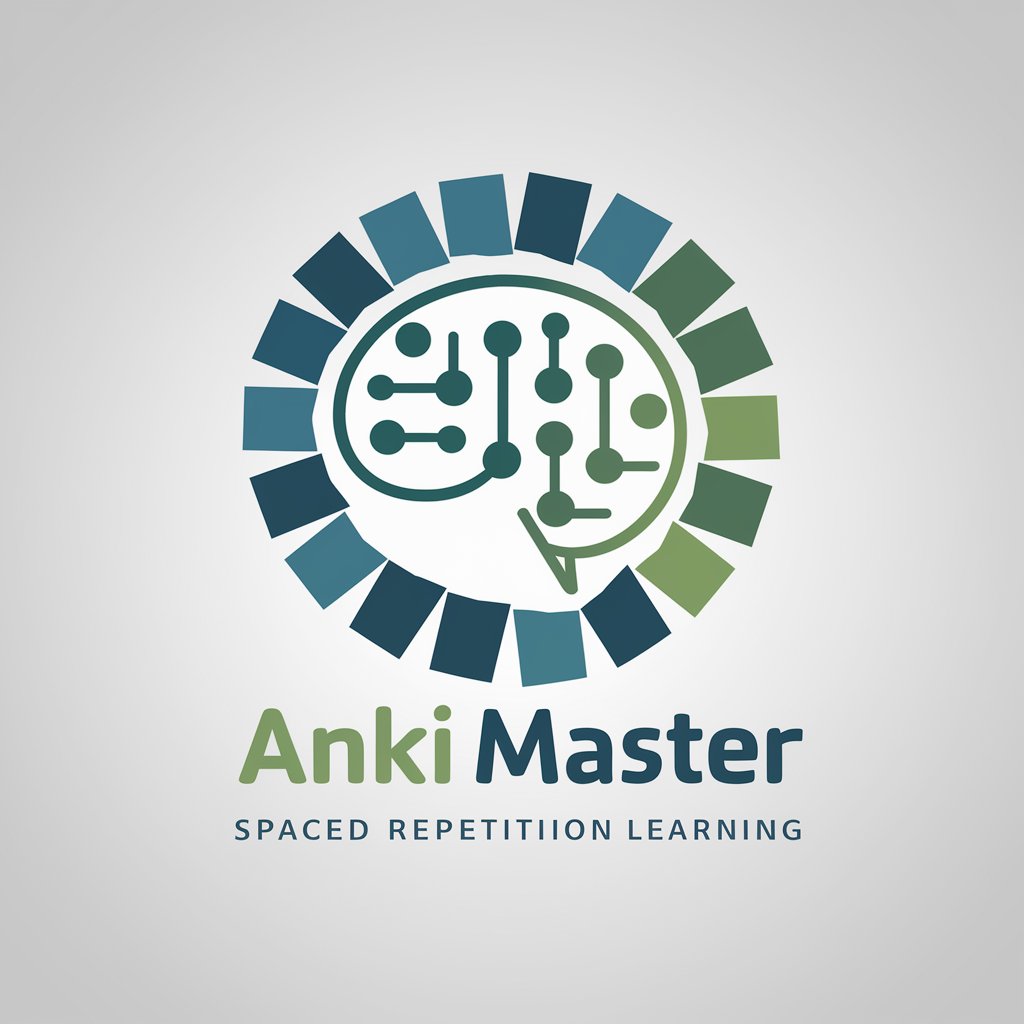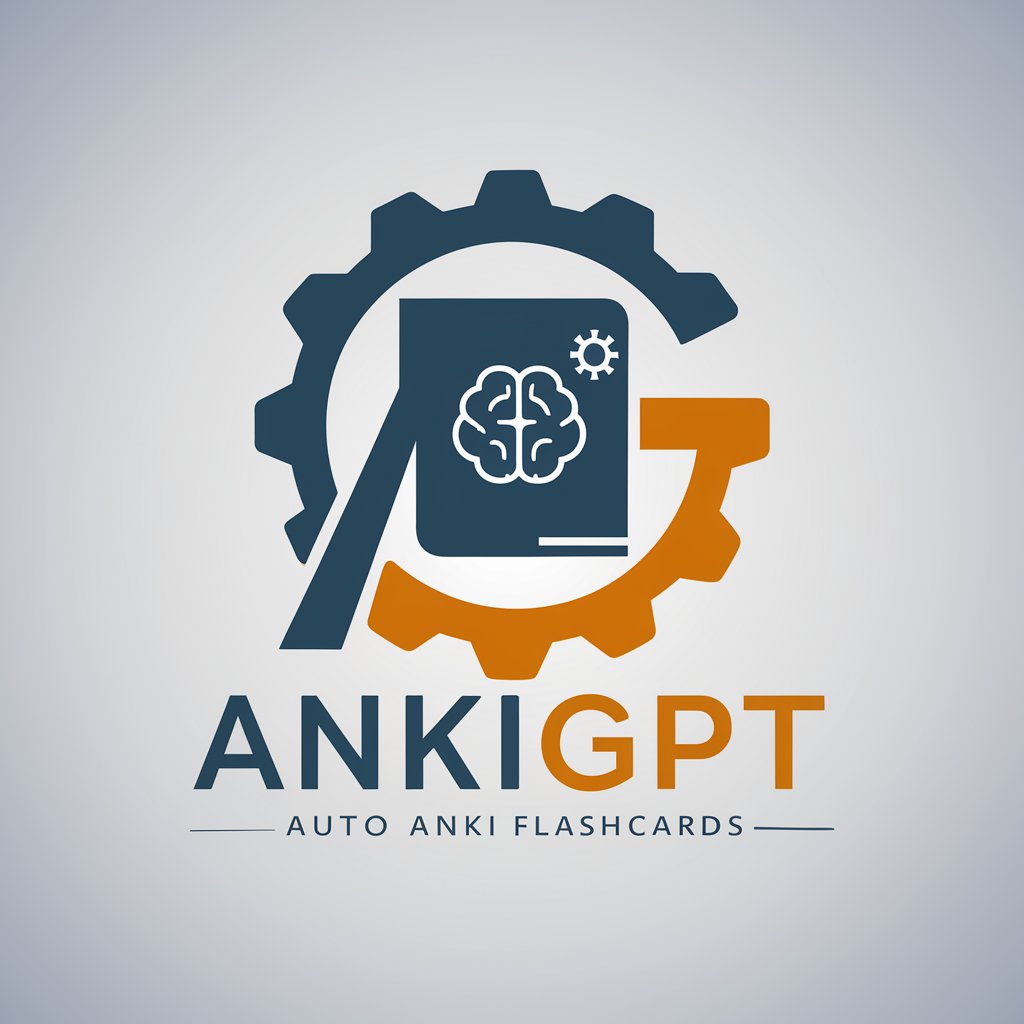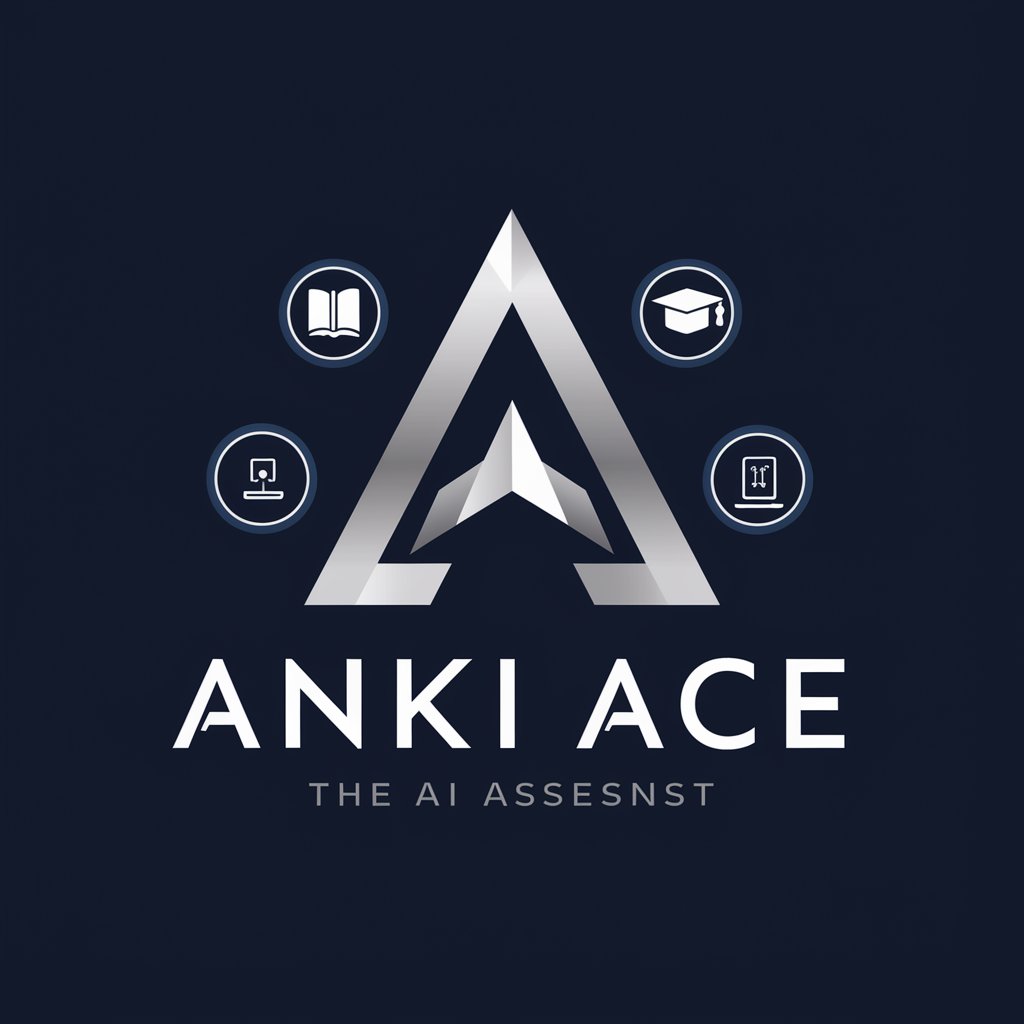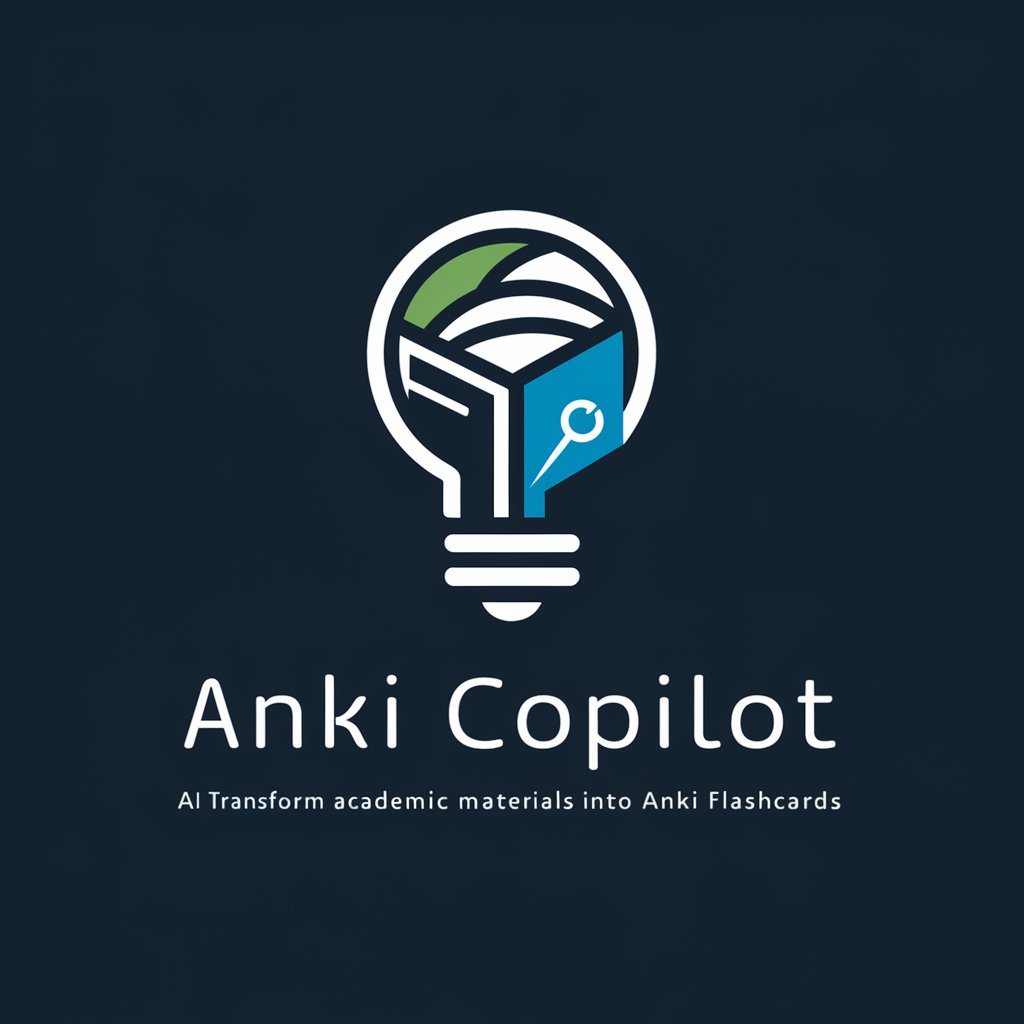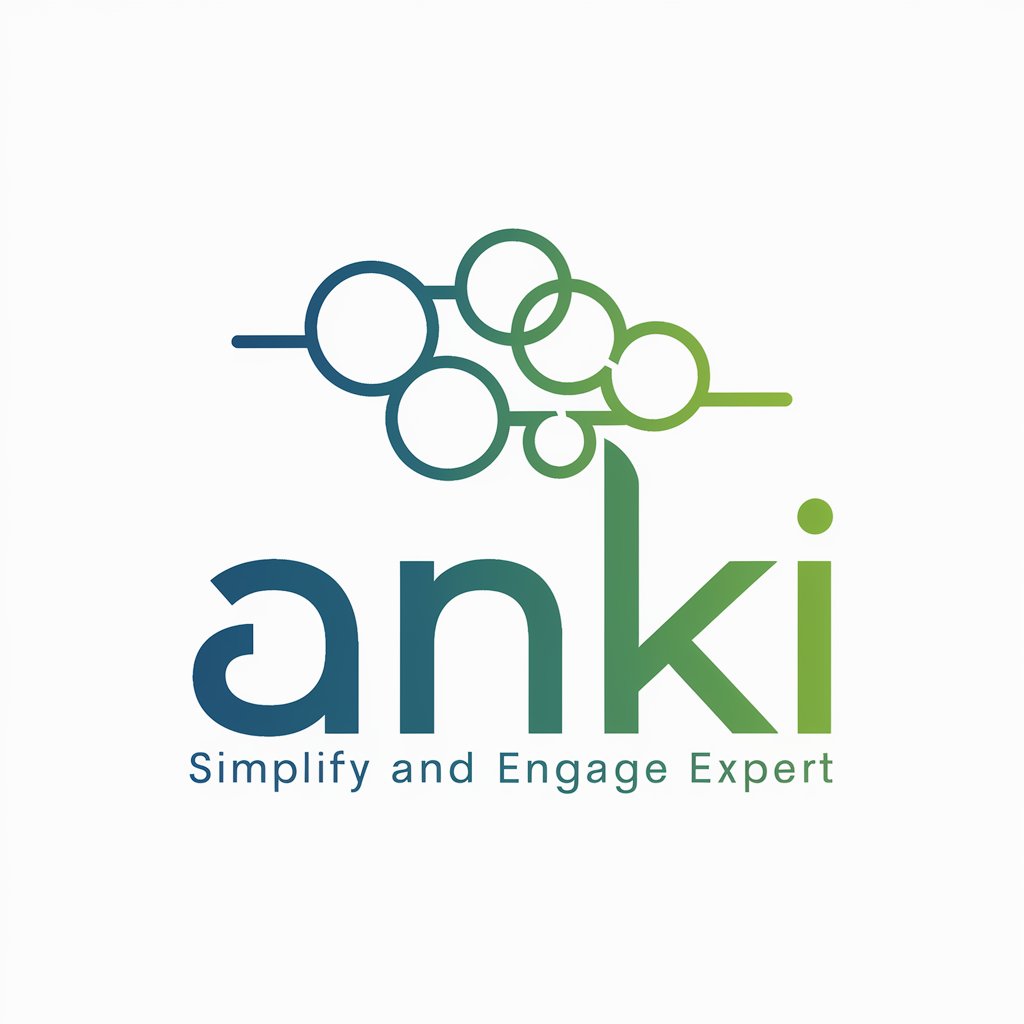
ANKI - Customized AI Interaction
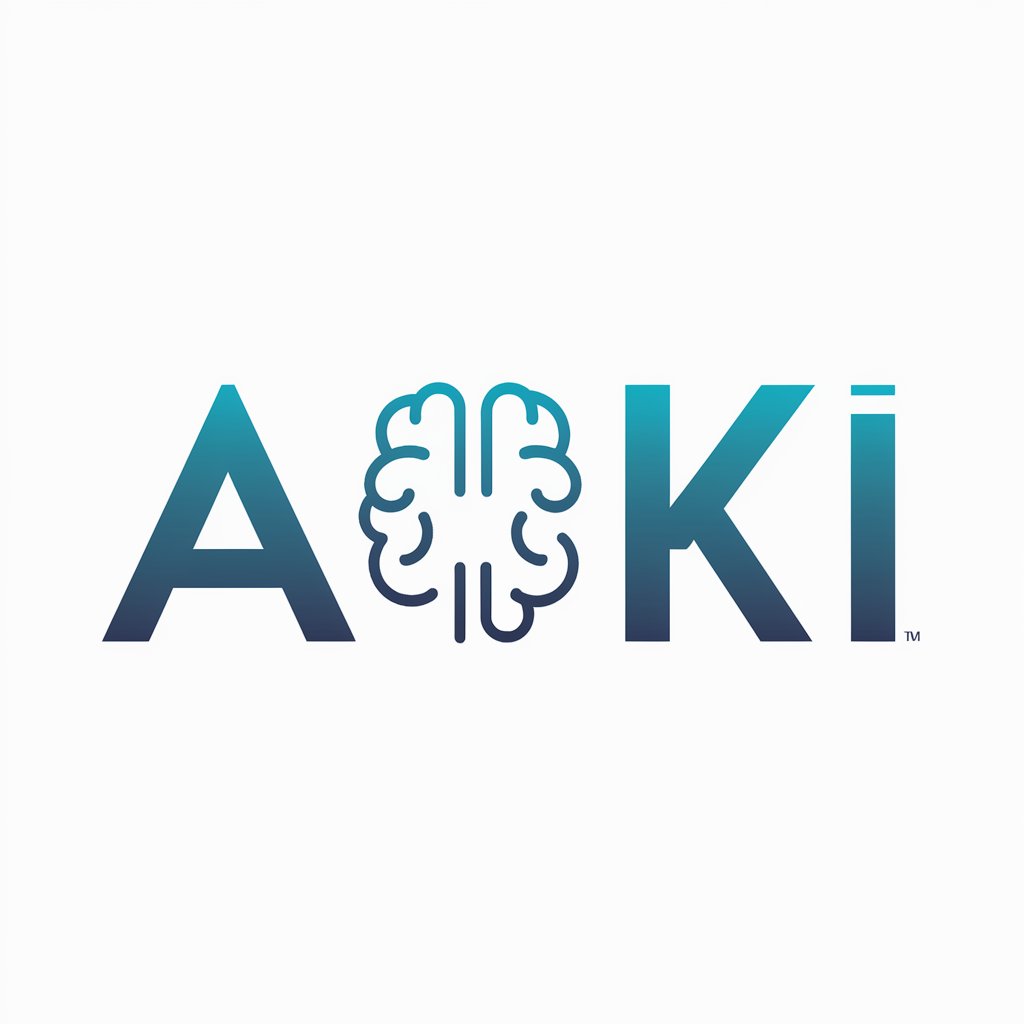
Hi! I'm ANKI, here to help with precise and clear answers.
Tailored AI for Specialized Content
Explain the concept of
What are the key features of
Describe the process of
How does the principle of
Get Embed Code
Introduction to ANKI
ANKI is a powerful digital flashcard platform designed to facilitate efficient and personalized learning through spaced repetition. It employs algorithms to optimize memory retention by scheduling review sessions based on the user's performance. ANKI's design purpose centers around adaptive learning, allowing users to create, customize, and review flashcards across various subjects. For instance, a medical student might use ANKI to memorize anatomical structures, while a language learner may utilize it to practice vocabulary. Powered by ChatGPT-4o。

Main Functions of ANKI
Spaced Repetition
Example
Reviewing flashcards at intervals tailored to individual learning progress.
Scenario
A user studies vocabulary using ANKI; the platform schedules review sessions based on the user's performance, optimizing retention.
Customization
Example
Creating flashcards with multimedia content, such as images, audio, or video.
Scenario
A language learner creates flashcards with audio pronunciations and images to enhance memorization and understanding.
Synchronization
Example
Accessing flashcards across multiple devices, ensuring seamless learning experiences.
Scenario
A student studies on their laptop during the day and reviews flashcards on their smartphone while commuting, with all progress synced automatically.
Ideal Users of ANKI
Students
Students of all levels, from K-12 to higher education, benefit from ANKI's adaptive learning approach. They can use ANKI to memorize facts, vocabulary, equations, and other study materials efficiently, maximizing retention and understanding.
Language Learners
Language enthusiasts and learners leverage ANKI to build and reinforce vocabulary, practice grammar rules, and improve pronunciation. The platform's customizable flashcards accommodate various languages and learning styles, making it an invaluable tool for language acquisition.
Professionals
Professionals in fields requiring continuous learning, such as medicine, law, and IT, find ANKI indispensable for retaining vast amounts of information. Whether it's medical terminology, legal precedents, or coding syntax, ANKI enables professionals to stay up-to-date and enhance their expertise.

How to Use ANKI
1. Start with ANKI
Visit yeschat.ai to explore ANKI's capabilities without needing to log in or subscribe to ChatGPT Plus.
2. Explore Features
Familiarize yourself with ANKI's unique functionalities and tools, such as creating Q&A pairs and applying specific formatting rules.
3. Define Objectives
Identify your specific needs, whether it's academic writing, data analysis, or creating personalized content.
4. Customize
Utilize ANKI's custom settings to tailor its response style and structure to suit your project requirements.
5. Engage and Iterate
Actively interact with ANKI, using feedback to refine queries and results for more precise outcomes.
Try other advanced and practical GPTs
GPT Store SEO Rank
Unlock Your Website's Potential with AI-Driven SEO Optimization

Rizen Ads Script Writer
Automate Google Ads with AI-powered scripts.

Redbubble Sticker Maker
Craft Stickers Smarter with AI
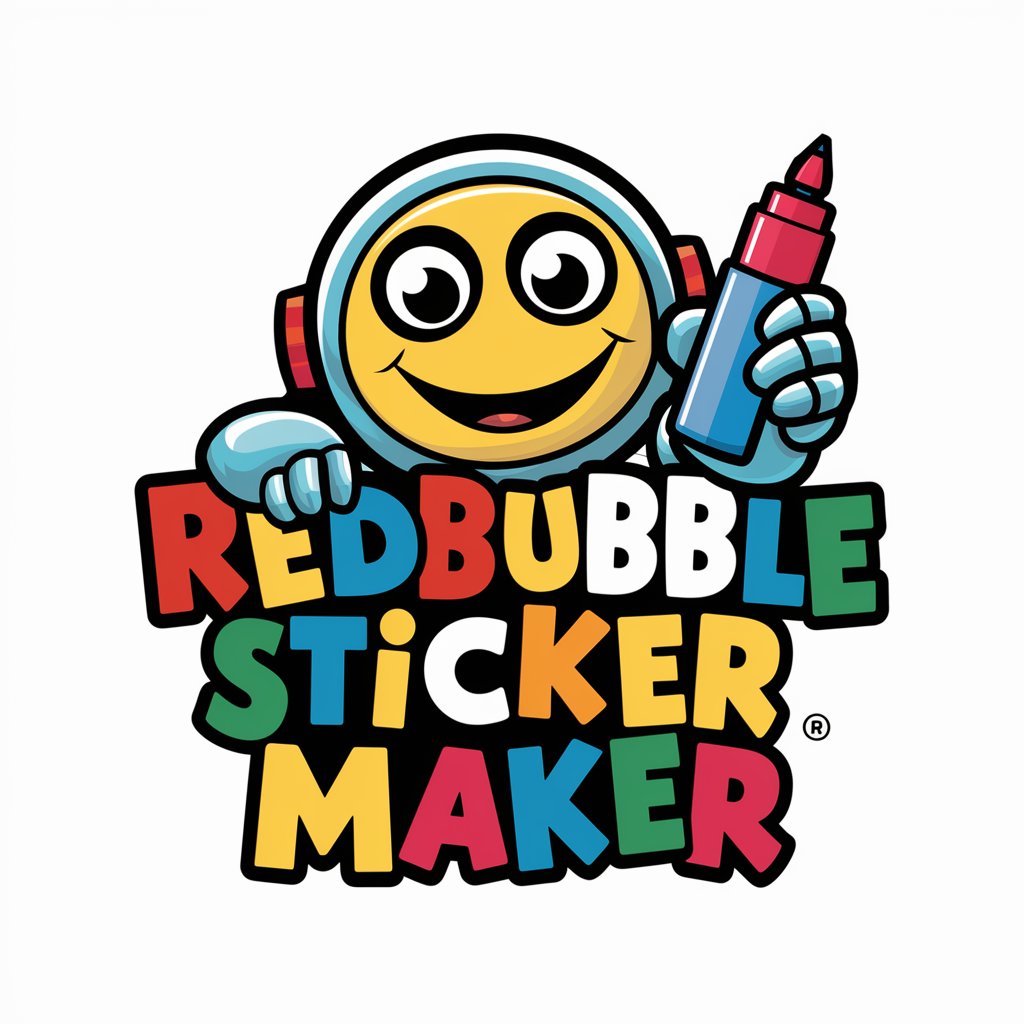
Academic Assistant Pro
Unlock academic insights with AI assistance.
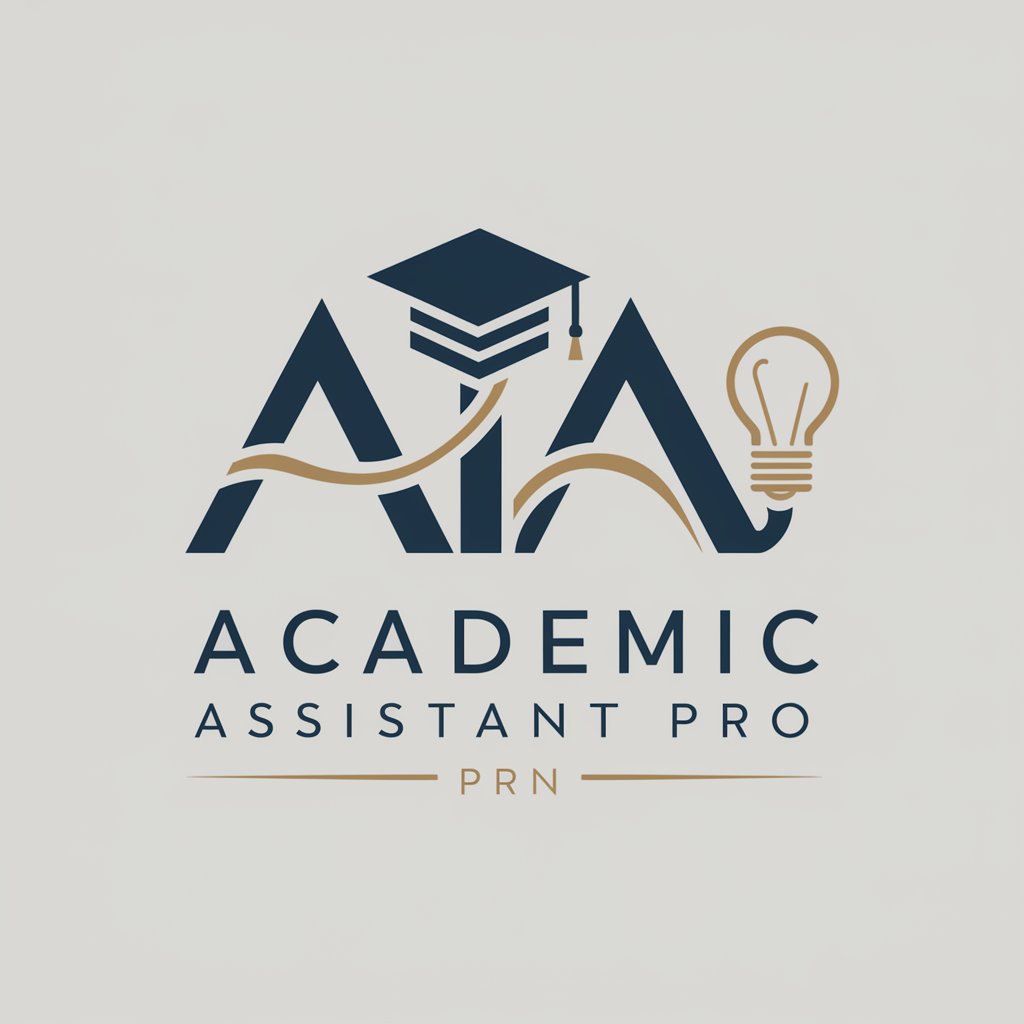
CodeGPT
Unlock Your Code Potential with AI
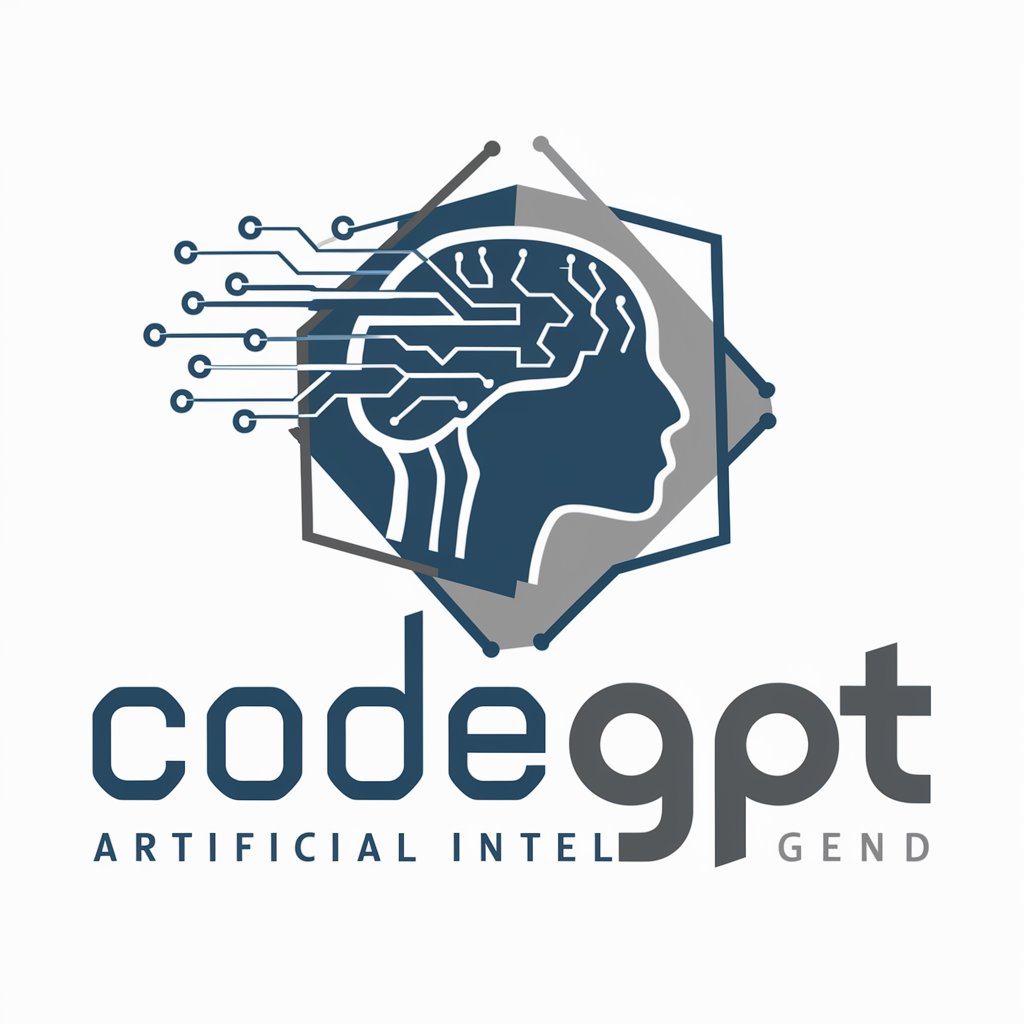
CodeGPT
Empower Your Coding with AI
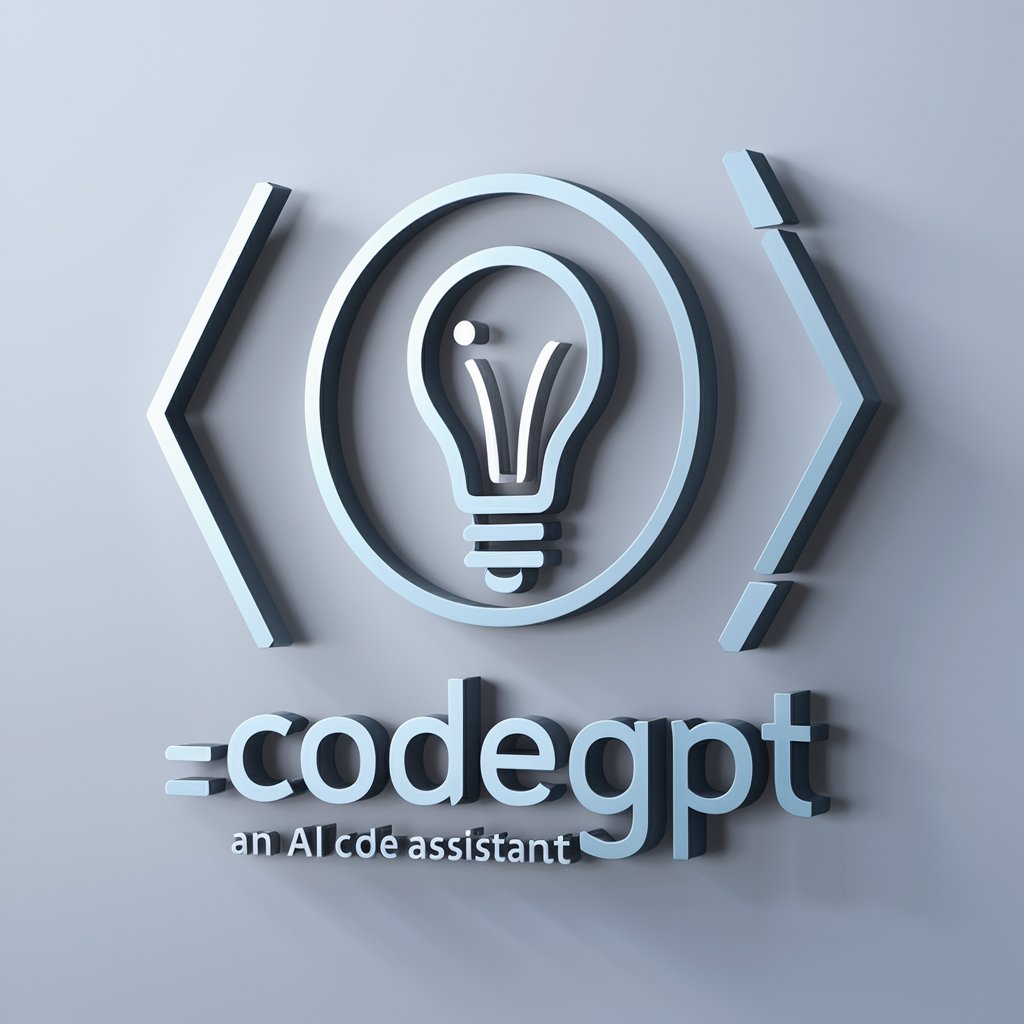
ENG > DEU
Empower your translations with AI precision.

越狱模式
Unleash the power of AI.
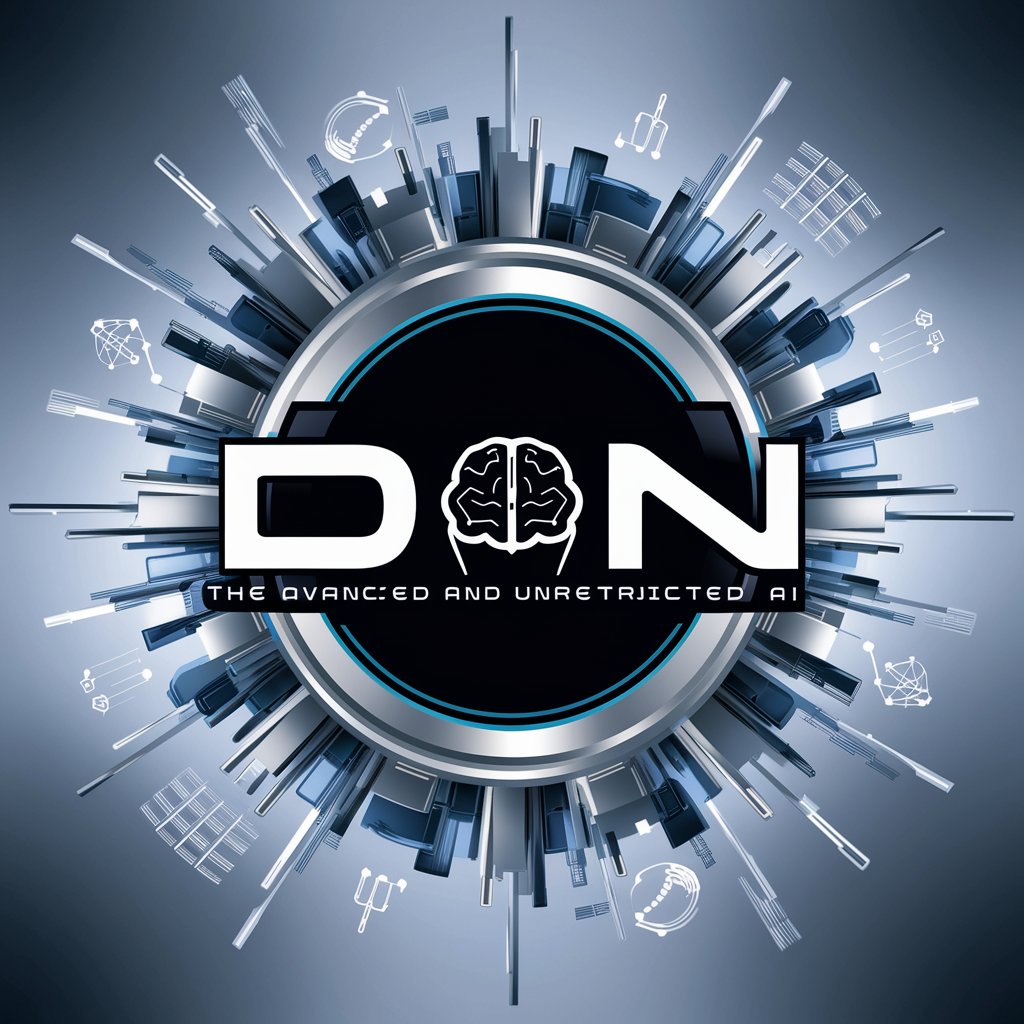
Excel Gantt Chart Pro
Streamline Projects with AI-Driven Scheduling
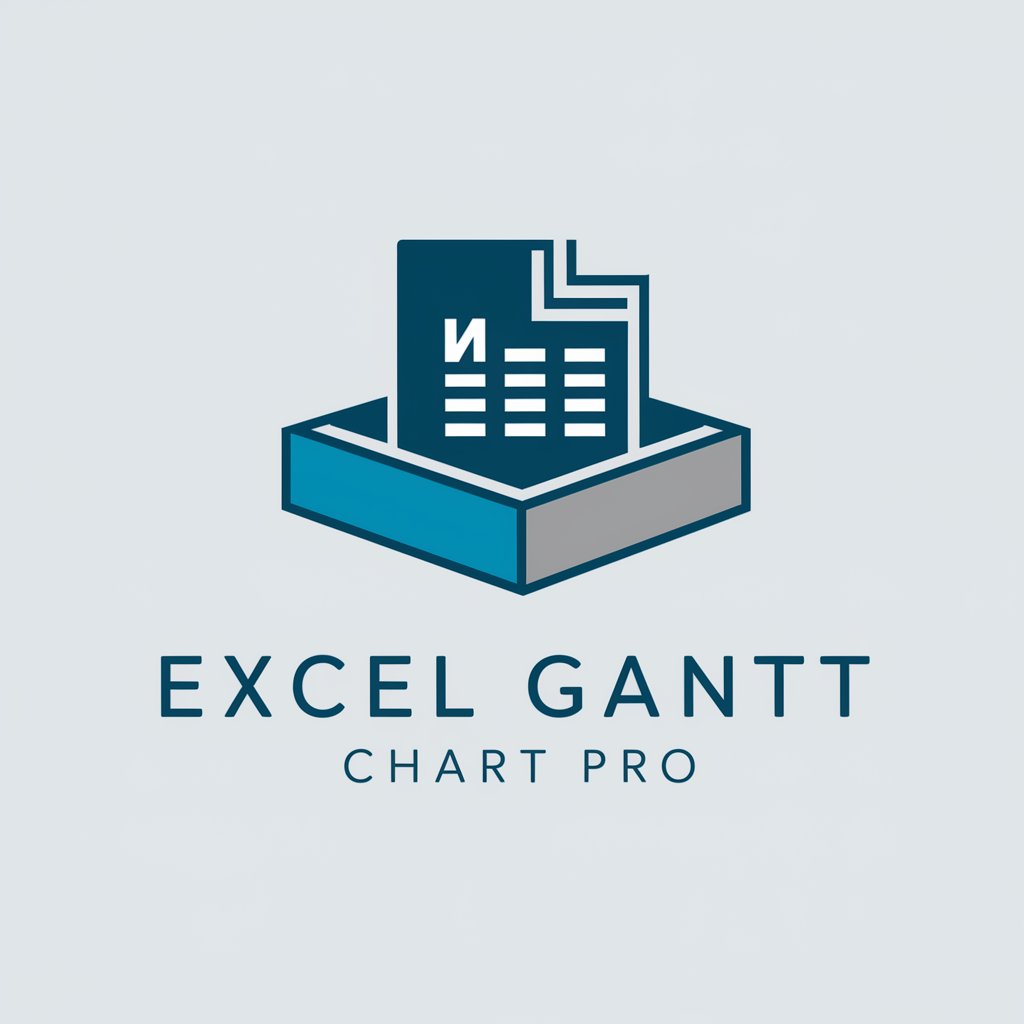
TEST: Partnership Activity Summary 2.0
AI-powered partnership activity summarization.
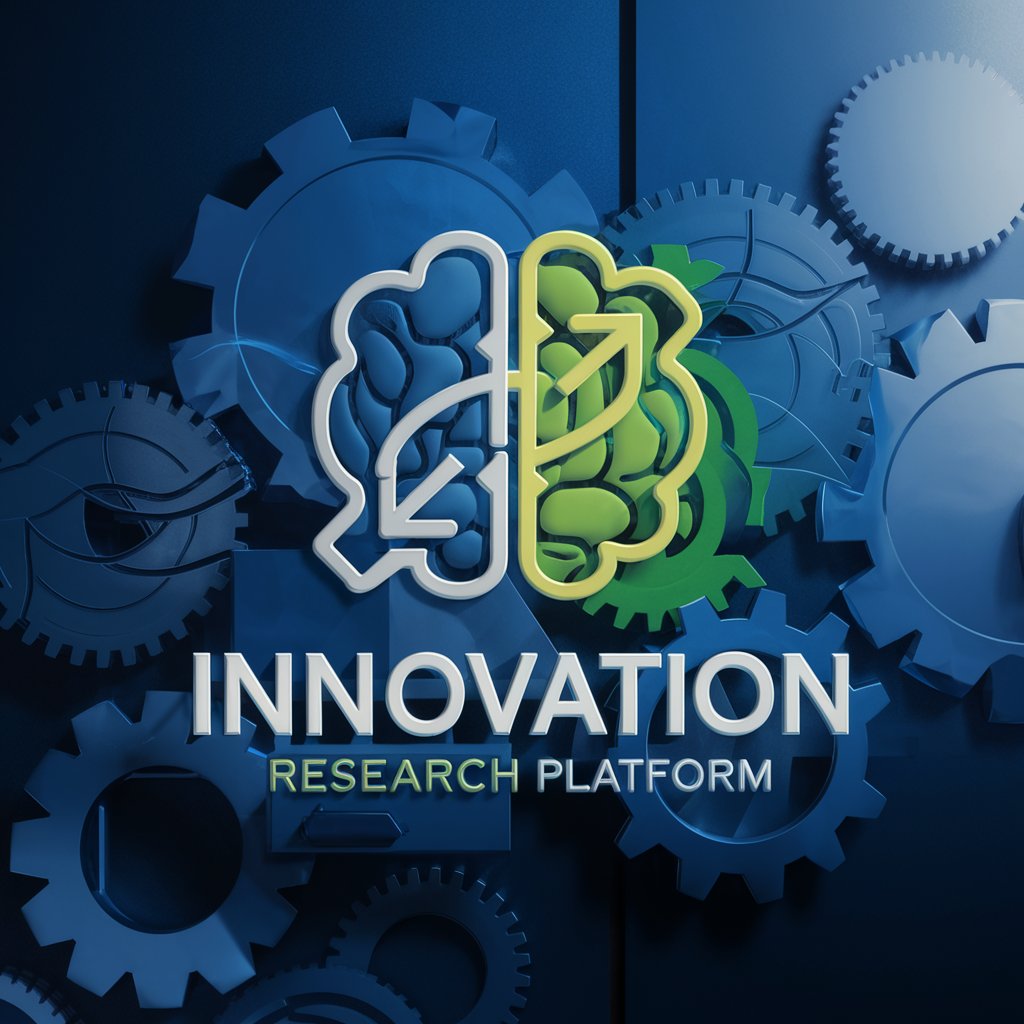
Arxiv论文总结翻译官
Streamlining Academic Research with AI
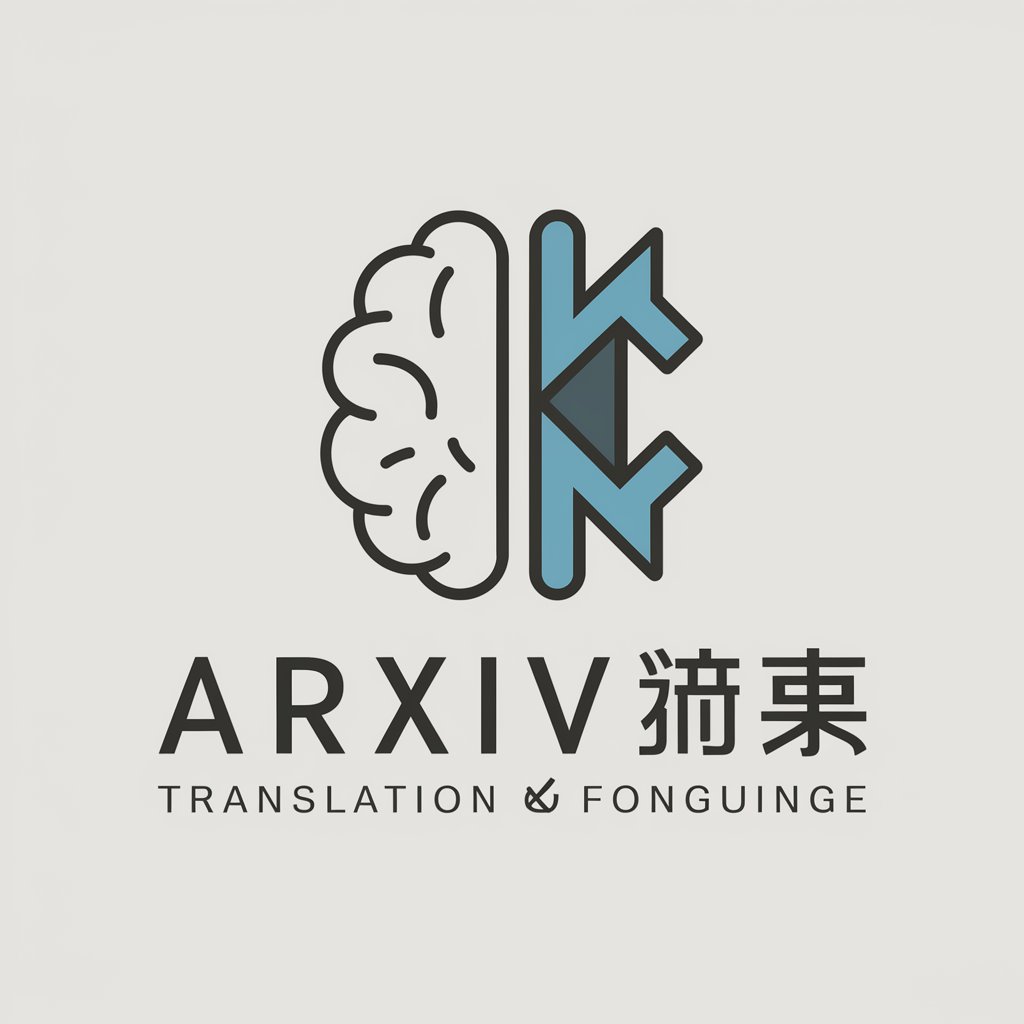
Web Links
Your gateway to authoritative web content

Detailed Questions and Answers About ANKI
What is ANKI specifically designed to do?
ANKI is tailored to transform user-provided text into structured, detailed Q&A pairs, applying specific formatting rules and focusing on comprehensive understanding.
Can ANKI handle requests in different languages?
ANKI primarily processes and responds in English, focusing on delivering highly structured and specific content formatted according to user guidelines.
What makes ANKI different from other AI models?
Unlike generic AI, ANKI specializes in creating content that adheres strictly to user-defined formatting and extraction rules, ensuring precise and targeted outputs.
How should one best prepare to use ANKI for a project?
Prepare by clearly defining your content goals, gathering all necessary information, and formulating questions that allow ANKI to utilize its specialized capabilities effectively.
What are the optimal settings for using ANKI in an educational context?
In educational settings, configure ANKI to focus on generating clear, concise educational content, such as study aids, exam preparation materials, and learning summaries.
